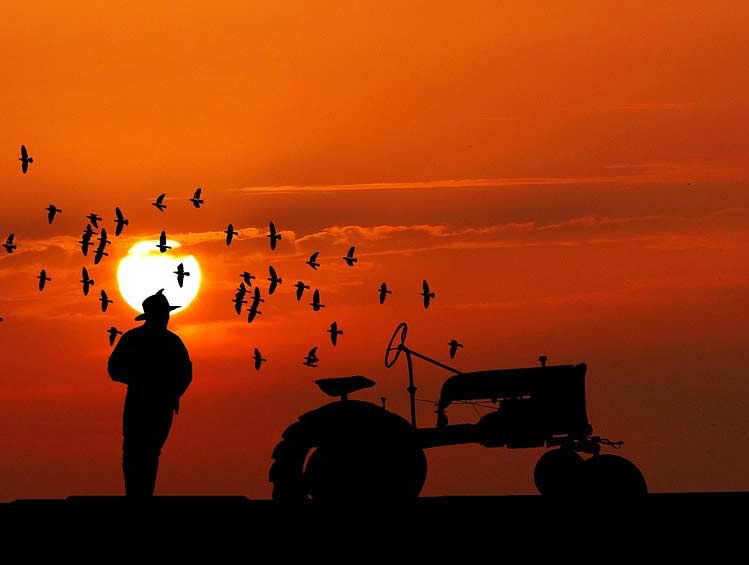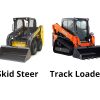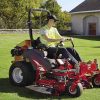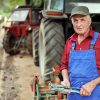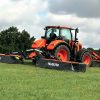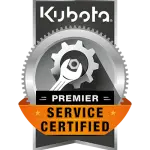“Tractor” just doesn’t have the same meaning today that it did back in your grandpa’s day. Classic tractors introduced in 1923 by Farmall were clunky workhorses with huge, deeply treaded back wheels, manual steering, and brakes on each side of the engine compartment up front. With no power-take-off shaft, all they did was pull: bush hogs, tillers, and loaded carts. They were loud, powerful, hot, and the most useful machine on the farm.
The operator sat on a hard seat without so much as a canopy to protect him from the sun and rain. There was little in the way of suspension; it was a rough ride. I don’t know about your grandpa, but mine was in the barn before the sun came up, and often not back home from the fields before it went down.
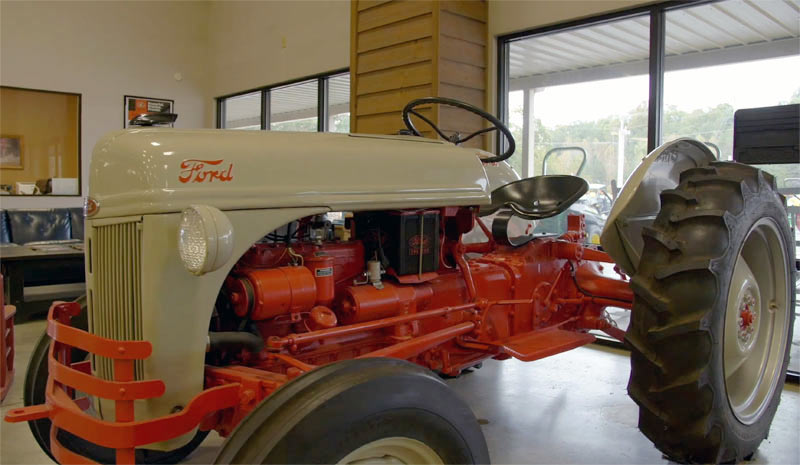
Ford Tractor at Nelson Tractor Company Showroom in Blairsville, Georgia
Today’s compact tractors are a completely different breed. They are smaller, more powerful and infinitely more versatile. Marvels of technology, they are loaded with features…and they’re far more comfortable for the driver. Grandpa would be pleased.
Versatility and power
Most compact utility tractors today have a three-point linkage and offer hundreds of attachments to help you with different tasks. The most common attachments in use are front-end loaders, backhoes, mowing decks, rotary cutters, and bush hogs. With those implements, you can mow grass and clear brush, dig trenches, bore holes for fence posts, and pick up and haul around large piles of gravel or hay. If you need to move a lot of stuff, a tractor with a front-end loader is your best friend.
Other attachments add additional functionality. With a rear blade, you can clear snow, grade a gravel or dirt drive, and prep a field for planting. And when it’s time to plant, a spreader makes fast work of seeding and fertilizing a field. A rotary tiller comes in awfully handy as well.
When you’re ready to get even more work from your machine, you can take a look at a posthole digger, a snow-blower, a stump grinder, or any of hundreds of other useful tools.
Not only are there far more attachments for modern tractors, attaching them is a much easier task. Early versions of attachments were connected to a simple drawbar. In the 60s, manufacturers adopted a three-point hitch as the industry standard. Almost every tractor on the market today has some version of the three-point hitch and quick-hitch system, making it easy to hook up and switch attachments.
Raising the bar on comfort
I don’t know how Grandpa survived that hard metal seat, but he lived to be 96, and credited his longevity to hard work. Still, I think he’d be impressed by an air-ride seat, power steering, and a canopy top for shade on those sweltering Georgia days.
Top of the line tractors are enclosed, air conditioned and heated, and can come equipped with a sound system.
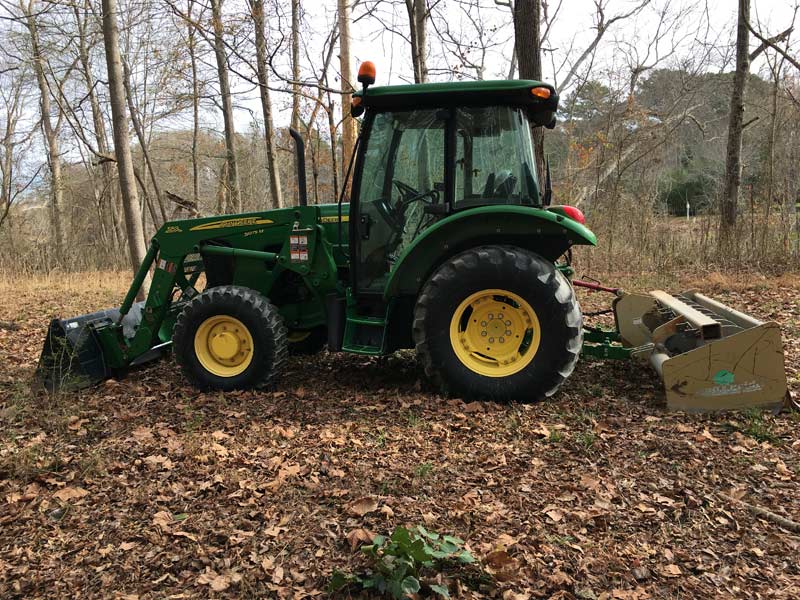
John Deere Tractor parked at Chattahoochee River Park in North Atlanta, Georgia
Beautiful! Grandpa would love it.
It may seem like a lot of luxury for a working machine, but there’s a good reason for all that comfort. Operators who spend most of their day in a tractor suffer all kinds of aches and injuries, which often results in lost time at work. Comfort, power steering, and easy shifting means increased productivity for the driver. You and your workers will be healthier, happier, and suffer fewer long-term injuries.
Just imagine what your grandpa could have accomplished in one of these amazing machines! From mending fences to digging wells to planting the fields, his work would have been easier, his aches and pains less, and his productivity higher. He could accomplish more than he ever dreamed, in less time and with fewer workers.


